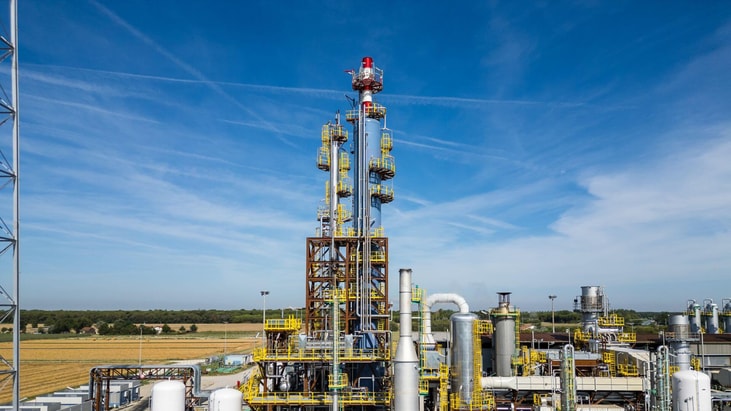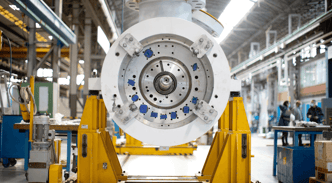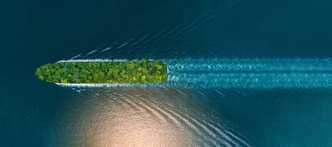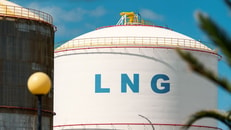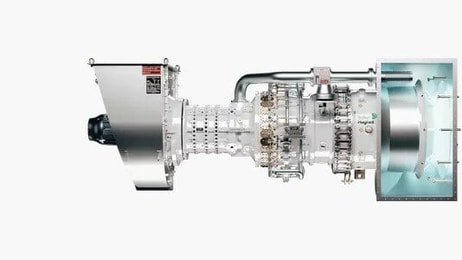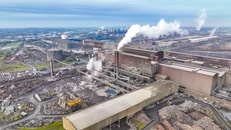Eni and Snam launch Italy’s first carbon capture project
Eni and Snam have started carbon dioxide (CO2) injection activities in the reservoir for Phase 1 of the Ravenna CCS project.
Designed to support industrial decarbonisation, Ravenna CCS is the first project for the capture, transport and permanent storage of CO₂ in Italy.
Under the joint venture, phase 1 will capture, transport and store CO₂ emissions from Eni’s natural gas treatment plant in Casalborsetti, in the municipality of Ravenna, estimated at approximately 25,000 tonnes of per year.
Once captured, the CO2 is transported to the offshore Porto Corsini Mare Ovest platform through reconverted gas pipelines, where it will then be injected and stored at a depth of 3,000m in the depleted Porto Corsini Mare Ovest gas field.
... to continue reading you must be subscribed

